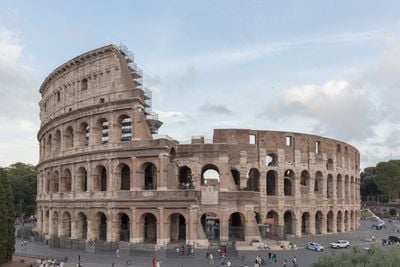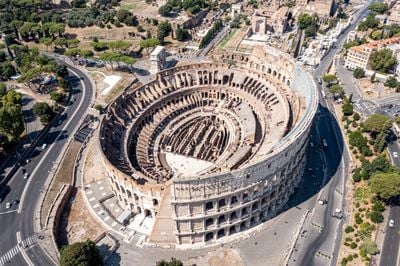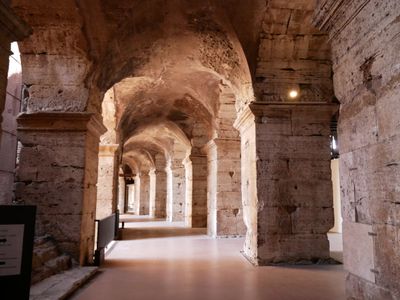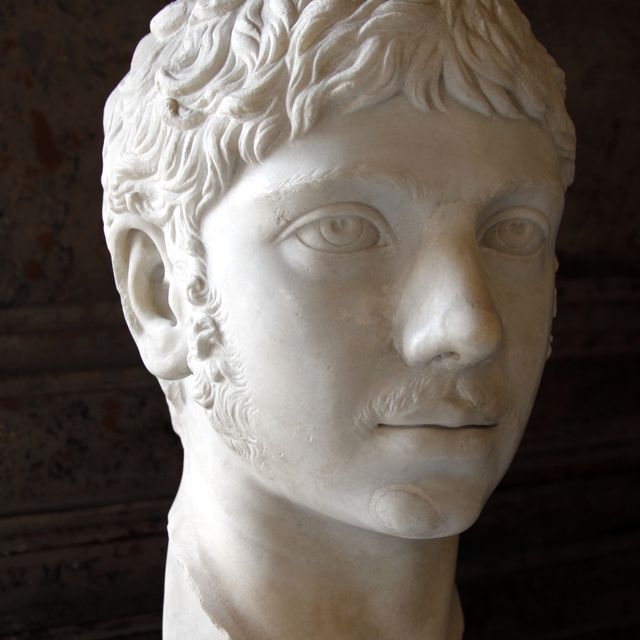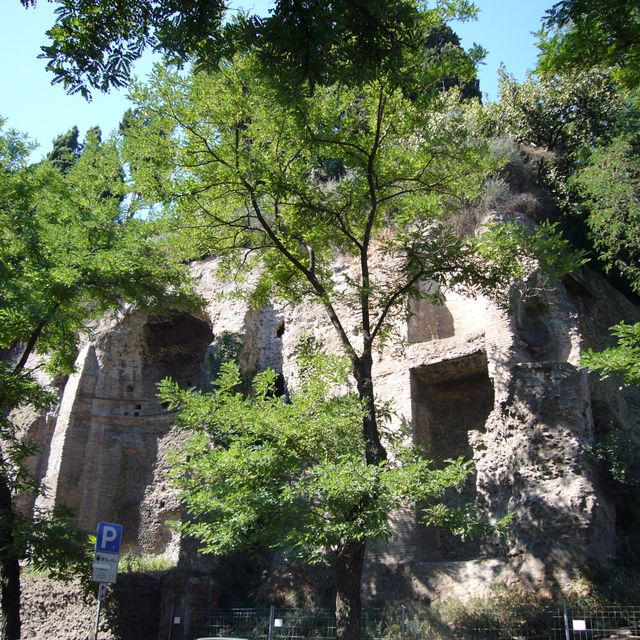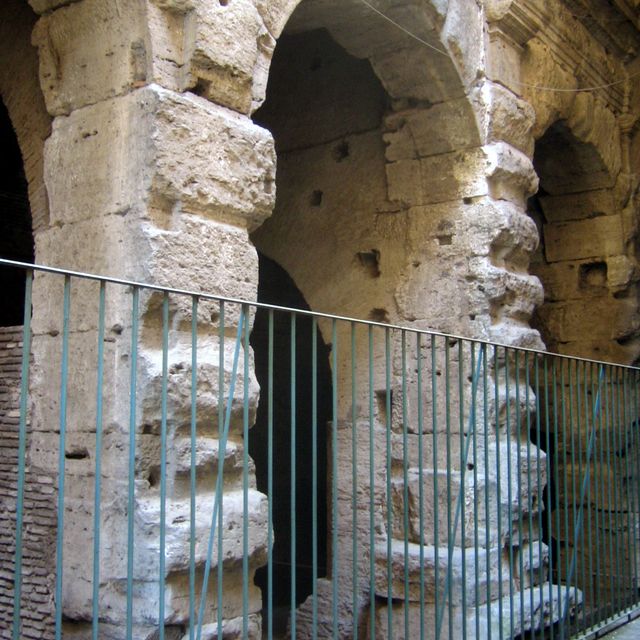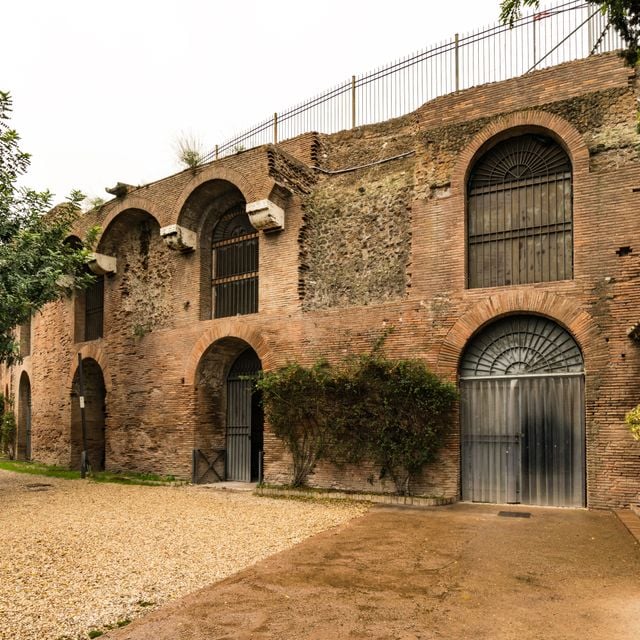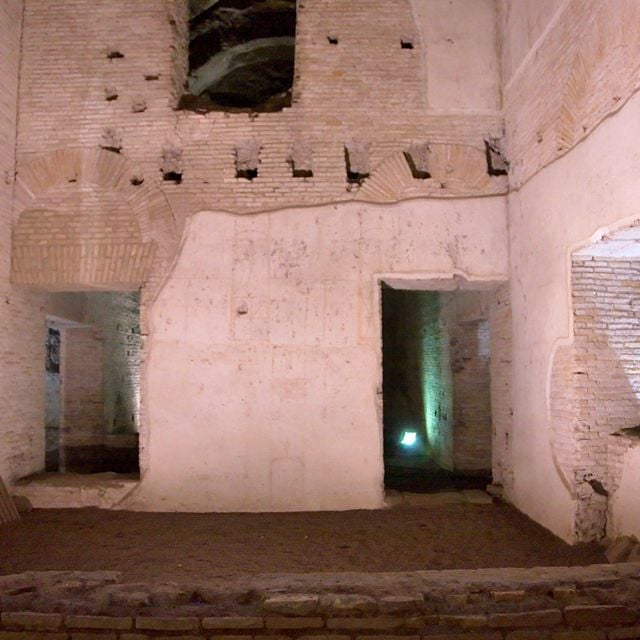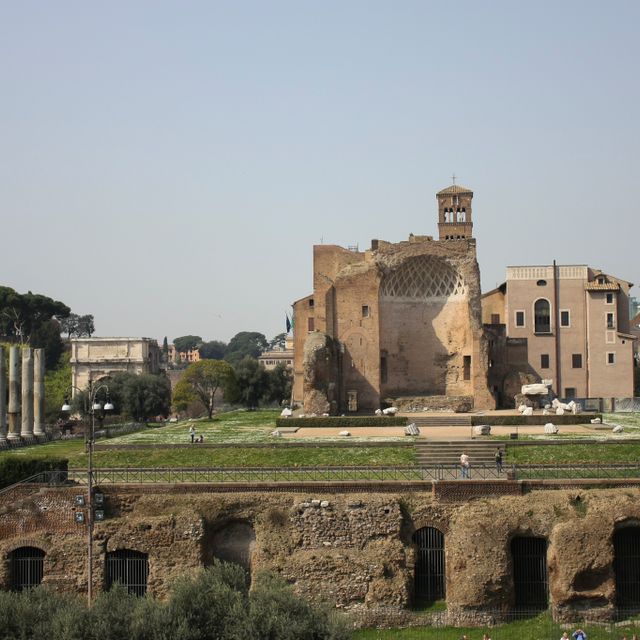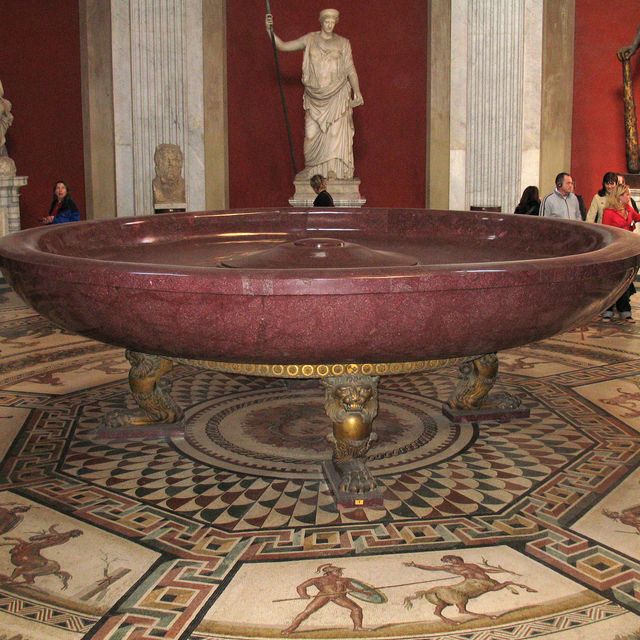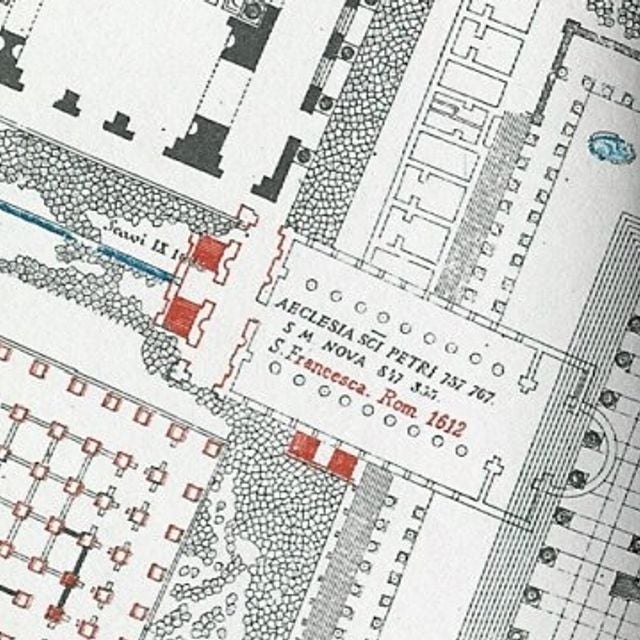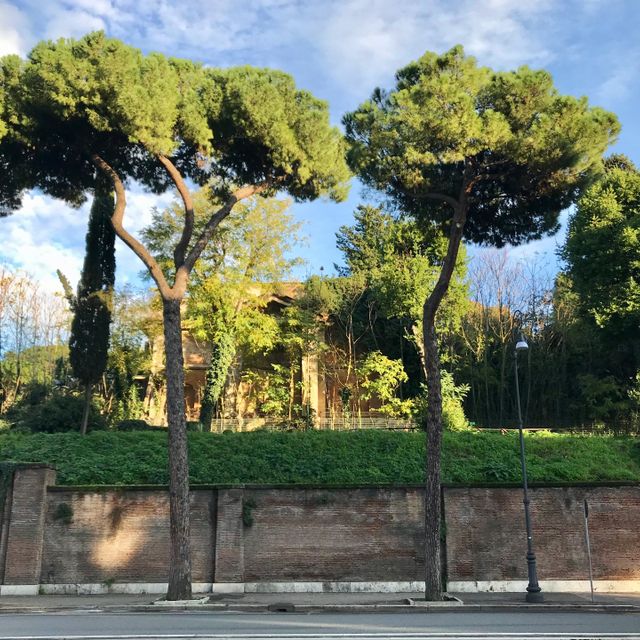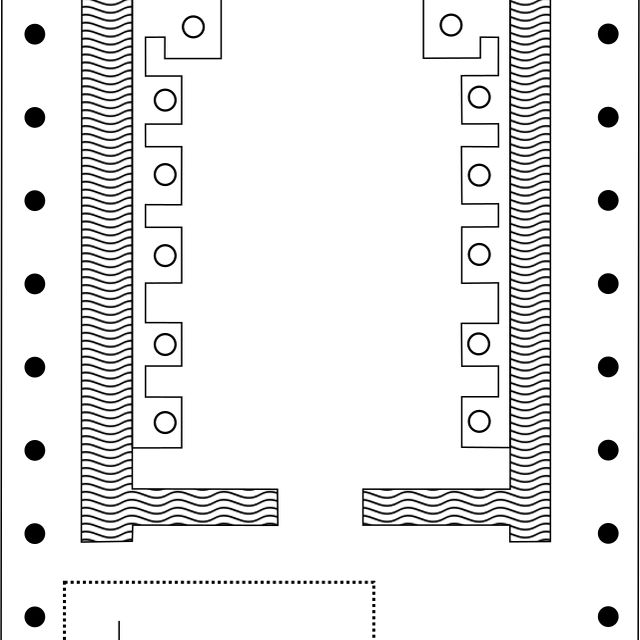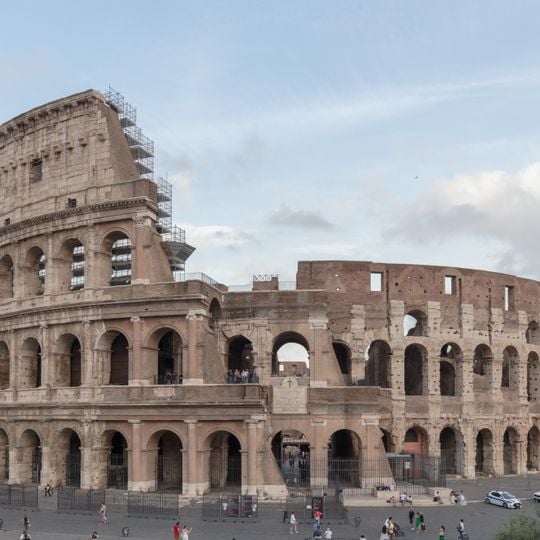
Colosseum, Amphitheater in Rome, Italy
The Colosseum is the largest ancient amphitheater ever built.
Construction began under the emperor Vespasian in AD 72 and was completed in AD 80 under his successor and heir, Titus.
It is seen as an iconic symbol of Imperial Rome and is listed as a World Heritage Site.
Today it is one of Rome's most popular tourist attractions.
Despite being damaged by earthquakes and stone-robbers, the Colosseum is still standing.
Location: Municipio I
Inception: 82
Founder: Vespasian
Official opening: 81
Architectural style: ancient Roman architecture
Capacity: 65000
Height: 48 m
Length: 187 m
Width: 155 m
Accessibility: Wheelchair accessible
Material: Roman travertine, tuff, concrete
Address: Piazza del Colosseo 00184
Opening Hours: November 01-February 15: 08:30-16:30; February 16-March 31: 08:30-17:00; April-August: 08:30-19:15; September: 08:30-19:00; October 08:30-18:30; May 01 off; January 01 off; December 25 off
Phone: +39067740091
Email: pa-colosseo@beniculturali.it
Website: colosseo.it/area/colosseo
Sources: Wikimedia, OpenStreetMap
